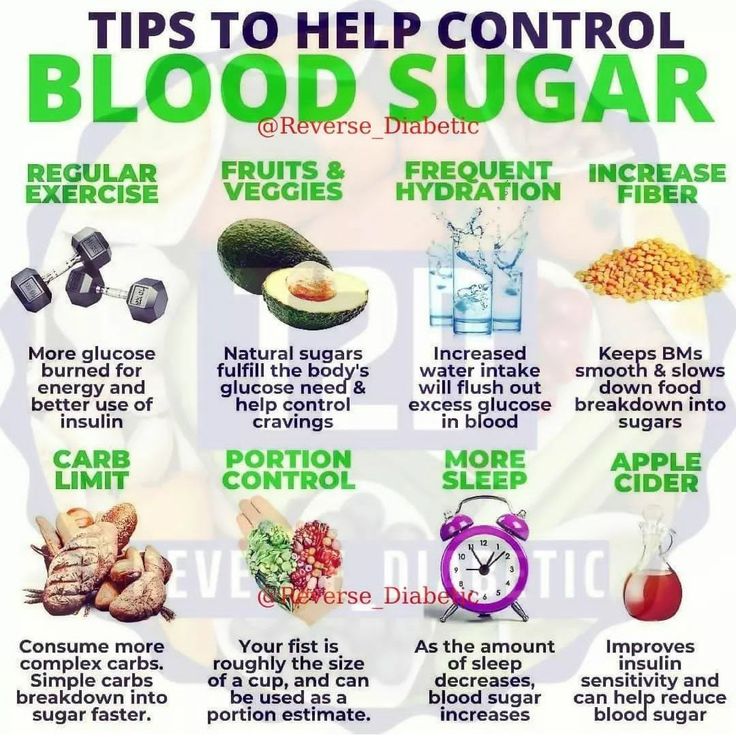
Maintaining healthy blood sugar levels is crucial for those with diabetes or prediabetes, but you don’t always need to rely solely on medication. Incorporating natural strategies into your lifestyle can help manage blood sugar effectively and improve overall well-being. Here are some natural tips to control blood sugar levels and support a diabetes-friendly lifestyle.
1. Adopt a Low-Glycemic Diet
The glycemic index (GI) measures how different foods affect blood sugar levels. Foods with a low GI are digested and absorbed more slowly, leading to a gradual rise in blood sugar rather than a spike.
- Low-GI Foods: Include whole grains, legumes, vegetables, nuts, seeds, and fruits like berries, apples, and oranges in your diet.
- Avoid High-GI Foods: Limit sugary snacks, white bread, potatoes, and sugary beverages, which can cause rapid blood sugar increases.
2. Eat Regular, Balanced Meals
Skipping meals or eating irregularly can lead to blood sugar fluctuations. Regular meal timing helps your body regulate insulin and blood sugar levels effectively.
- Balance Protein, Fats, and Carbohydrates: Aim to include a mix of lean protein (like chicken, fish, or tofu), healthy fats (such as avocados or nuts), and complex carbohydrates in every meal.
- Smaller Portions, More Often: Eating smaller, balanced meals every 3-4 hours can prevent blood sugar spikes and crashes.
3. Include Fiber-Rich Foods
Dietary fiber helps slow the absorption of sugar into the bloodstream, promoting better blood sugar control. It also supports digestive health and can make you feel fuller for longer.
- Fiber Sources: Incorporate vegetables, whole grains, legumes, nuts, and seeds into your diet.
- Daily Fiber Goal: Aim for at least 25-30 grams of fiber daily to support steady blood sugar levels.
4. Stay Physically Active
Regular physical activity can improve insulin sensitivity, meaning your body uses insulin more effectively, which helps lower blood sugar levels.
- Types of Exercise: Include a mix of aerobic exercise (like walking, cycling, or swimming) and strength training (like resistance bands or weightlifting).
- Aim for Consistency: Ideally, aim for at least 30 minutes of exercise most days of the week to support steady blood sugar levels.
5. Hydrate with Water
Staying hydrated helps your kidneys flush out excess blood sugar through urine. Additionally, dehydration can raise blood sugar levels, so drinking enough water each day is essential.
- Skip Sugary Drinks: Avoid beverages like soda and juice that can spike blood sugar.
- Daily Goal: Aim for at least 8 glasses of water daily, or more if you’re active.
6. Prioritize Quality Sleep
Poor sleep can negatively impact insulin sensitivity and blood sugar regulation. Aiming for restful, quality sleep every night can support natural blood sugar control.
- Sleep Duration: Try to get 7-8 hours of uninterrupted sleep each night.
- Sleep Tips: Establish a calming bedtime routine, limit caffeine and screen time before bed, and ensure a comfortable sleeping environment.
7. Manage Stress Effectively
Chronic stress can raise blood sugar levels by releasing hormones like cortisol, which can make it harder to manage diabetes. Incorporating stress-reducing activities into your routine can help balance these hormone levels.
- Practice Mindfulness: Techniques like meditation, deep breathing exercises, or yoga can help reduce stress.
- Hobbies and Relaxation: Take time for hobbies and activities you enjoy, which can lower stress and support blood sugar control.
8. Add Cinnamon to Your Diet
Studies suggest that cinnamon can help improve insulin sensitivity and lower blood sugar levels, making it a valuable addition to a diabetes-friendly diet.
- How to Use It: Sprinkle cinnamon on oatmeal, yogurt, or add it to tea for added flavor.
- Daily Amount: Aim for 1-2 grams (about half a teaspoon) daily, but consult your doctor before making any significant dietary changes.
9. Limit Processed Carbs and Sugars
Processed carbs and sugars can lead to rapid spikes in blood sugar. Instead, focus on natural and unprocessed food options.
- Swap Out Refined Carbs: Replace white bread, pasta, and sweets with whole-grain options like quinoa, brown rice, or whole wheat bread.
- Read Labels: Many processed foods have hidden sugars, so check labels for terms like “high fructose corn syrup” or “sucrose.”
10. Add Apple Cider Vinegar
Apple cider vinegar (ACV) has been shown to improve insulin sensitivity and reduce blood sugar spikes after meals.
- How to Use It: Mix 1-2 tablespoons of ACV in a glass of water and drink before meals.
- Precaution: If you have digestive issues or acid reflux, speak to your healthcare provider before using ACV.
11. Incorporate Regular Blood Sugar Monitoring
If you have diabetes or prediabetes, regularly monitoring your blood sugar levels can help you understand how your body responds to different foods, exercise, and stress.
- Use a Glucose Meter: Check blood sugar before and after meals to track your responses.
- Set Goals: Consult with a healthcare provider to establish blood sugar goals and interpret results effectively.
12. Consider Probiotics for Gut Health
The health of your gut may play a role in blood sugar management. Probiotics can help improve digestion and may contribute to balanced blood sugar.
- Probiotic Foods: Include yogurt, kefir, kimchi, and sauerkraut in your diet.
- Supplements: Talk to your healthcare provider about adding a probiotic supplement.
Final Thoughts
Managing blood sugar naturally involves a combination of lifestyle changes, including a balanced diet, regular physical activity, stress management, and proper hydration. By incorporating these strategies into your routine, you can improve insulin sensitivity and keep blood sugar levels stable. Remember, consult with a healthcare provider before making any major lifestyle or dietary changes, especially if you have diabetes.

